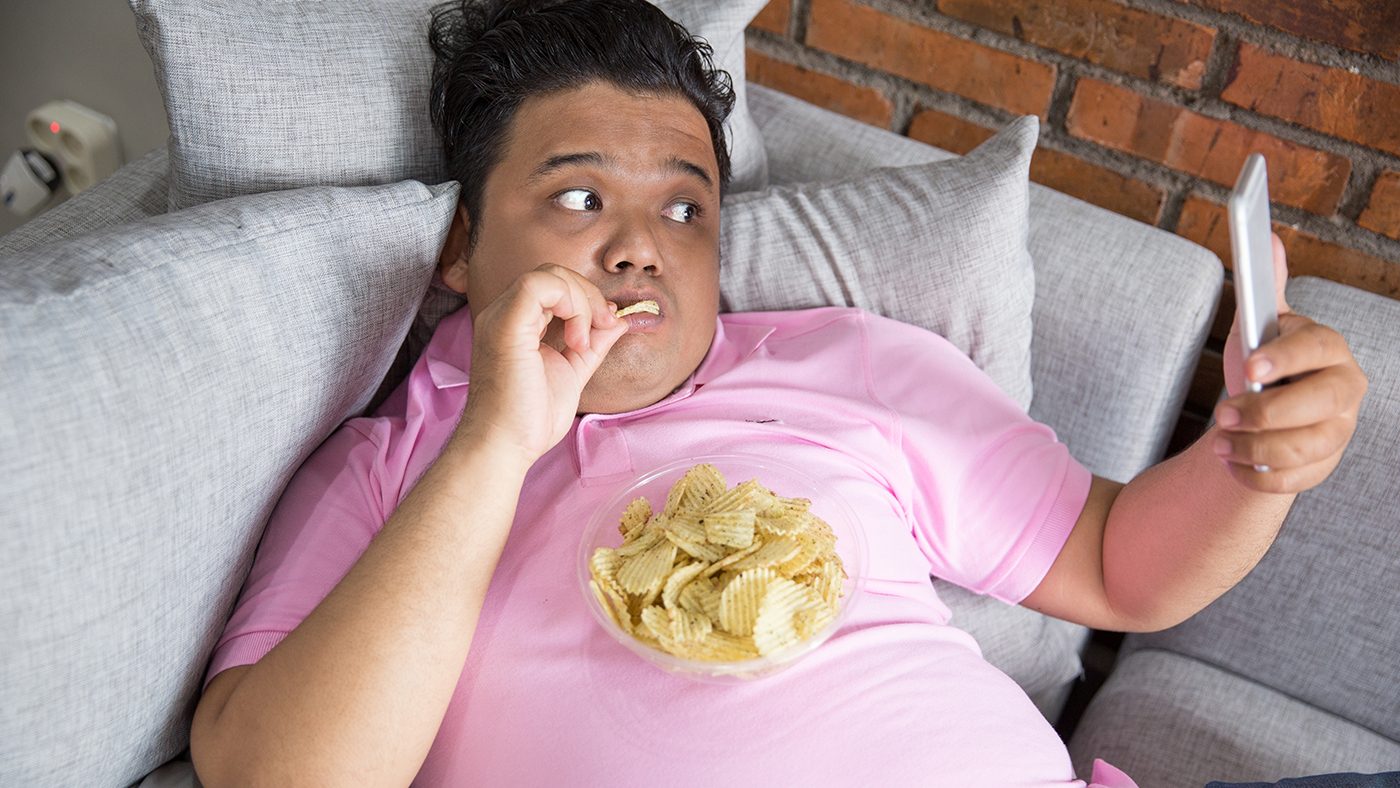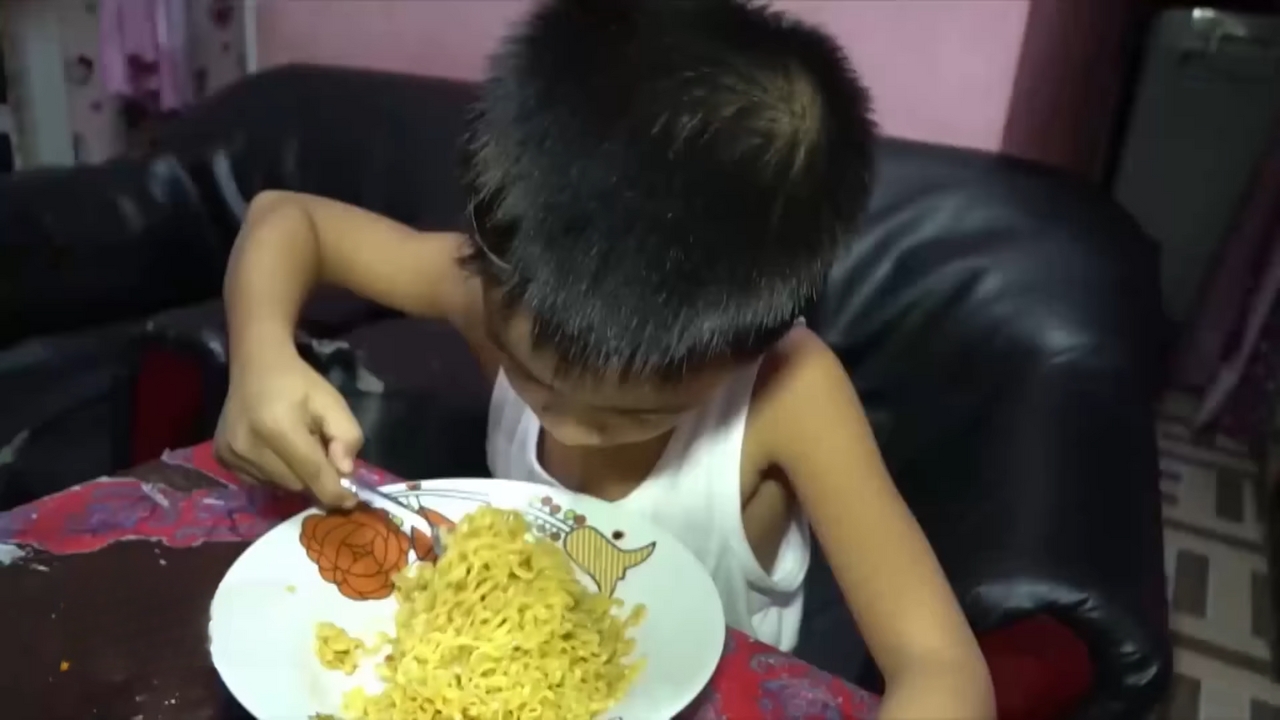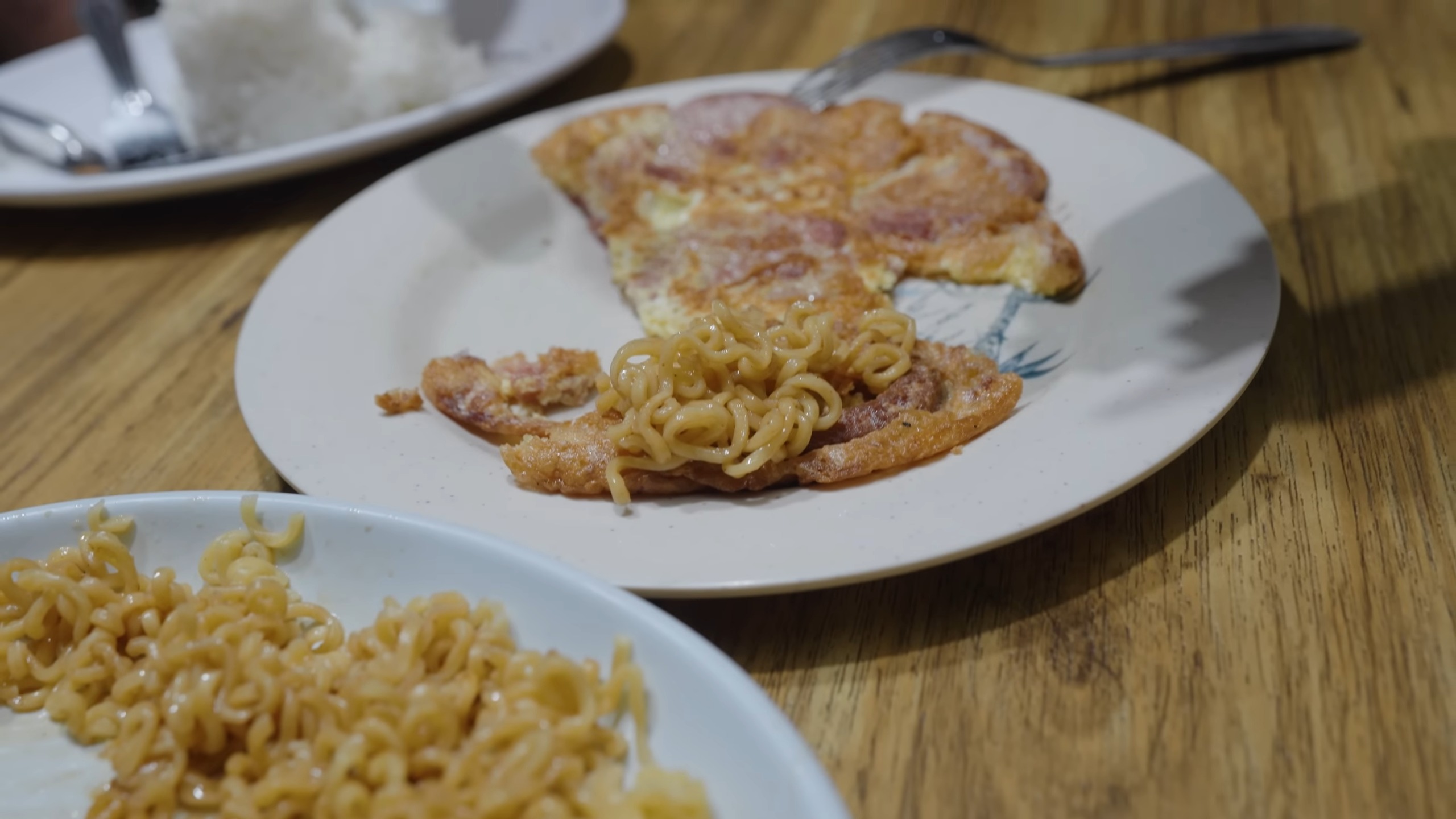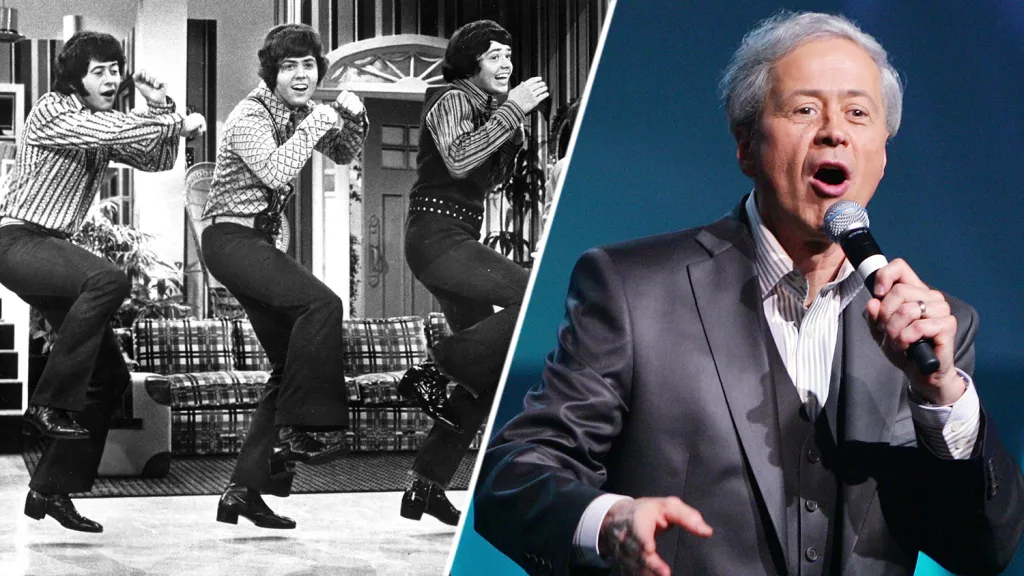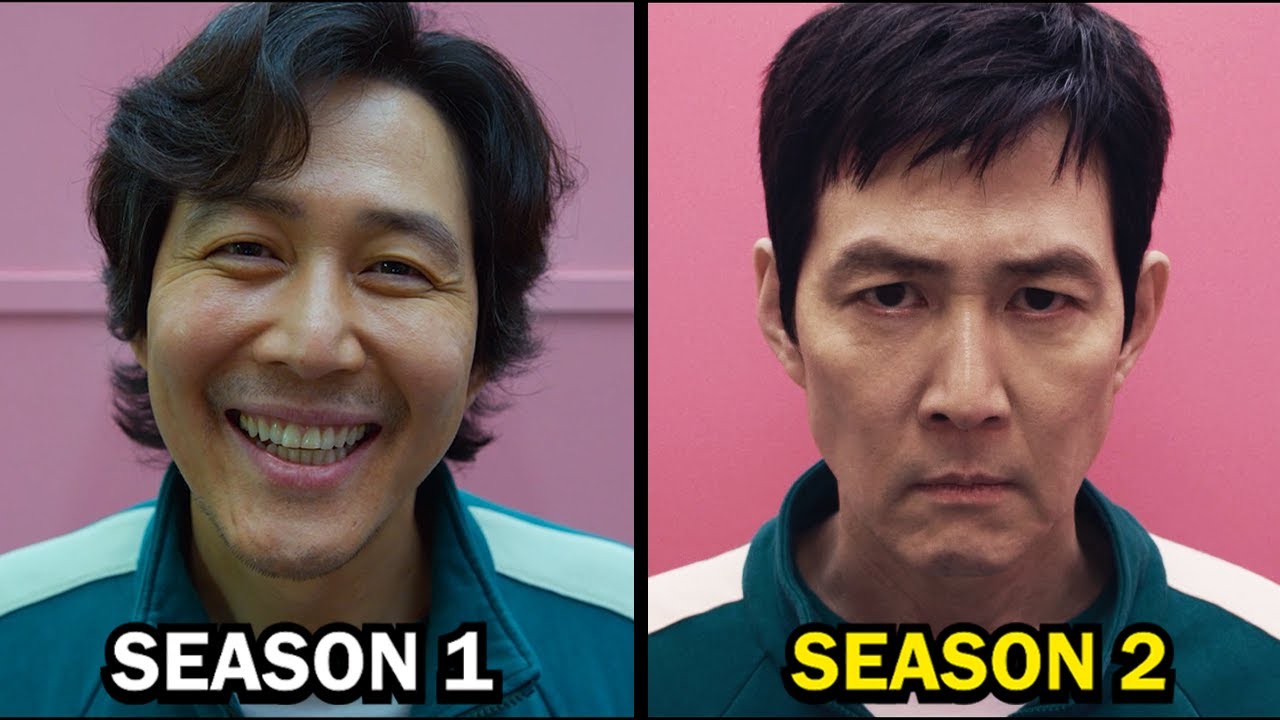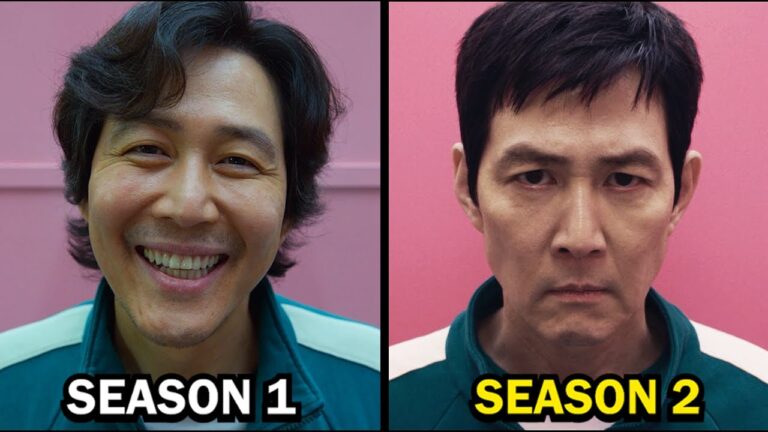nThe Philippines, a nation known for its rich culture, vibrant festivals, and warm hospitality, is facing a silent crisis. The rise of unhealthy habits among its populace, especially among children and adolescents, is alarming. This article delves deep into the reasons behind this surge and the repercussions it holds for the future of the nation.
The State of Children’s Health in the Philippines
Filipino children are at the forefront of this health crisis. A report from UNICEF highlighted that more children and young people are consuming unhealthy food, leading to poor diets and inadequate nutrition.
Stunting and Malnutrition
One in three Filipino children under five years old are stunted, indicating they are too short for their age according to National Nutrition Council. Additionally, about 7% of these children are too thin for their height.
The repercussions of this are not just physical. Stunted growth in early childhood can lead to irreversible cognitive impairments, affecting a child’s performance in school and their ability to earn as an adult.
The Triple Burden of Malnutrition
The Philippines faces the triple burden of undernutrition, hidden hunger (lack of essential nutrients), and overweight issues among children. This combination poses severe threats to child health. For instance, one in three children aged 12-23 months suffer from anaemia, while one in ten adolescents is obese due to poor eating habits.
Unhealthy Lifestyles Amid the Pandemic
The COVID-19 pandemic has further exacerbated the unhealthy lifestyle habits of Filipinos. The Department of Science and Technology – Food and Nutrition Research Institute (DOST-FNRI) has identified seven forms of unhealthy lifestyles that have become prevalent during the pandemic.
The Seven Forms of Unhealthy Lifestyle
DOST-FNRI Director Dr. Imelda Angeles-Agdeppa enumerated the seven forms of unhealthy lifestyles that Filipinos have adopted:
- Physical inactivity
- Unhealthy diet
- Smoking
- Alcohol consumption
- Drug abuse
- Stress
- Excessive use of gadgets
Of these, physical inactivity is most frequently associated with the development of chronic diseases.
Fast Food Consumption:
The Philippines has seen a surge in the number of fast-food chains over the past few decades. These establishments, while offering convenience, often serve foods high in salt, sugar, and unhealthy fats.
A study by the Food and Nutrition Research Institute (FNRI) found that many Filipinos consume fast food at least three times a week, leading to excessive calorie intake and nutritional imbalances.
Sugary Beverages:
The consumption of sugary drinks, including sodas and sweetened teas, is widespread. The Philippines ranks among the top countries in Asia for soda consumption. These beverages contribute to obesity, diabetes, and other metabolic disorders.
Processed Snacks:
With the rise of convenience stores and supermarkets, processed snacks like chips, candies, and instant noodles have become staples in many Filipino households. These snacks often lack essential nutrients and are packed with preservatives and artificial additives.
Tobacco and Alcohol Consumption
Smoking:
https://www.youtube.com/watch?v=-_ltjBfr1fI&pp=ygUTU21va2luZyBwaGlsaXBwaW5lcw%3D%3D
Despite government efforts to curb tobacco use, smoking remains a significant concern in the Philippines. The World Health Organization (WHO) reports that over 25% of Filipinos aged 15 and above are smokers. Smoking is a leading cause of lung cancer, cardiovascular diseases, and respiratory disorders in the country.
Alcohol:
Excessive alcohol consumption is another unhealthy habit prevalent among Filipinos. Binge drinking, especially among the youth, has been linked to liver diseases, accidents, and increased risk of mental health disorders.
Obesity Awareness Among Work-from-home Filipino Adults
A study from PubMed Central (PMC) examined obesity awareness among Filipino adults in Metro Cebu who work from home. The research found that while a majority were aware of obesity’s basic concepts, factors like educational attainment and socio-economic status significantly influenced their level of awareness.
Factors Contributing to Unhealthy Lifestyles
Several factors contribute to the rise of unhealthy lifestyle choices among Filipinos.
Urbanization
The migration of people to cities for convenience and accessibility has led to increased pollution, which plays a significant role in various diseases.
Market Liberalization
With the influx of high-paying industries in the Philippines, Filipinos now have more purchasing power. However, this has led to increased spending on unhealthy products rather than investments in health.
Food Consumption
The dominance of fast-food restaurants in the country has made them the primary choice for many Filipinos when deciding what to eat.
In conclusion, the rise of unhealthy habits in the Philippines is a pressing concern that needs immediate attention. Addressing these issues requires a multi-faceted approach, involving not just individuals but also communities, the private sector, and the government.
How Breath-Control Can Change Your Life
Accoridng to National Library of Medicine breathing techniques have been a cornerstone of meditative practices for millennia. The act of controlling one’s breath, especially slowing it down, has been associated with various health benefits, both psychological and physiological.
This systematic review aimed to uncover the underlying mechanisms of slow breathing techniques (less than 10 breaths/minute) and their effects on healthy individuals. The main findings suggest that slow breathing techniques can influence both the autonomic and central nervous systems.
Specifically, these techniques can increase Heart Rate Variability (HRV) and Respiratory Sinus Arrhythmia, indicating a more balanced autonomic nervous system. On the neurological front, EEG studies have shown an increase in alpha wave activity and a decrease in theta wave activity, suggesting a more relaxed and alert state of mind.
Furthermore, the only available fMRI study in this review showed increased activity in various brain regions, including the prefrontal cortex, motor cortex, and thalamus.
On the psychological side, slow breathing techniques have been linked to increased comfort, relaxation, alertness, and reduced symptoms of anxiety, depression, and confusion.
The Impact of Technology and Modernization
The rapid advancement of technology and the modernization of society have brought about both conveniences and challenges. While technology has made life easier in many ways, it has also contributed to the sedentary lifestyles that many Filipinos now lead.
- If you want to read more articles on Health check here.
Screen Time and Physical Inactivity
With the proliferation of gadgets, many Filipinos, especially the younger generation, spend a significant amount of time in front of screens.
Whether it’s for work, school, or entertainment, the hours add up, leading to physical inactivity. This sedentary behavior is a significant contributor to obesity and other health-related issues.
The Convenience of Processed Foods
Modernization has also seen the rise of convenience foods. Instant noodles, canned goods, and processed snacks are now staples in many Filipino homes. While they save time, they are often high in salt, sugar, and unhealthy fats, contributing to various health issues, including heart disease and diabetes.
The Socio-Economic Implications
Unhealthy habits don’t just affect individuals; they have broader socio-economic implications.
Impact on the Healthcare System
The rise in non-communicable diseases places a significant strain on the Philippines’ healthcare system. Hospitals and clinics are often overwhelmed with patients suffering from conditions that could have been prevented with healthier lifestyle choices.
Economic Implications
Unhealthy habits also have economic repercussions. A sick workforce is less productive, leading to economic losses. Moreover, families often face financial hardships due to medical bills and the loss of income when a family member falls ill.
Community and Government Initiatives
Recognizing the gravity of the situation, various community and government initiatives have been launched to promote healthier lifestyles.
Barangay Health and Wellness Programs
Local communities, known as barangays, have started health and wellness programs. These programs include free exercise sessions, health seminars, and nutrition workshops to educate residents about the importance of a healthy lifestyle.
Government Policies and Campaigns
The Philippine government has also taken steps to address the issue. Campaigns promoting physical activity, proper nutrition, and the dangers of smoking and excessive alcohol consumption are regularly aired on television and radio. Additionally, policies have been put in place to regulate the advertising of junk food and sugary drinks to children.
The Role of Education in Promoting Health
Education plays a pivotal role in shaping the habits and lifestyles of individuals. Schools, colleges, and universities are not just places for academic learning but also platforms for instilling healthy habits.
School Nutrition Programs
Many schools in the Philippines have started implementing nutrition programs, ensuring that students receive balanced meals. These programs aim to reduce the consumption of junk food and promote the intake of fruits, vegetables, and other nutrient-rich foods.
Physical Education and Its Evolution
Physical Education (PE) classes have evolved from mere sports activities to comprehensive programs that teach students the importance of regular exercise, its benefits, and the dangers of a sedentary lifestyle. Schools are now integrating activities like yoga, aerobics, and dance into their PE curriculum to make it more engaging.
The Influence of Media and Advertising
In today’s digital age, media and advertising have an unparalleled influence on people’s choices, including their health habits.
The Double-Edged Sword of Media
While media can be a powerful tool for promoting healthy habits through public service announcements and health-centric shows, it can also inadvertently promote unhealthy lifestyles. Advertisements for fast food, sugary drinks, and unhealthy snacks are omnipresent, influencing the choices, especially of the younger generation.
Celebrity Endorsements and Their Impact
Celebrities in the Philippines often endorse various products, including food and beverages. Their influence is immense, and when they promote unhealthy products, it can lead to increased consumption among their fans, especially the youth.
Grassroots Movements and Community Involvement
Change often starts at the grassroots level, and community involvement is crucial in promoting healthier habits.
Local Health Drives
Communities across the Philippines are organizing health drives, offering free medical check-ups, and conducting seminars on nutrition, exercise, and mental well-being. These drives aim to create awareness and offer solutions at the local level.
The Role of NGOs and Non-Profits
Several non-governmental organizations (NGOs) and non-profits are working tirelessly to promote health and well-being in the Philippines. They conduct workshops, offer counseling sessions, and run campaigns to educate the public about the importance of healthy living.
FAQ
1. Why is there a sudden rise in unhealthy habits among Filipinos?
The rise can be attributed to a combination of factors including urbanization, increased screen time, the influence of media and advertising, and the availability of processed foods.
2. How does urbanization contribute to unhealthy lifestyles?
Urbanization often leads to sedentary lifestyles, increased pollution, and greater accessibility to fast food and processed products, all of which can contribute to poor health.
3. Are there any government regulations on advertising unhealthy foods?
Yes, the Philippine government has implemented policies to regulate the advertising of junk food and sugary drinks, especially targeting children.
4. How can parents encourage their children to adopt healthier habits?
Parents can lead by example, engage in physical activities with their children, provide balanced meals, and limit screen time.
5. Are there any community resources available for those looking to adopt a healthier lifestyle?
Yes, many communities offer health drives, free medical check-ups, and seminars on nutrition and exercise. NGOs and non-profits also provide resources and workshops on healthy living.
Final Words
The rise of unhealthy habits in the Philippines is a pressing concern, but with awareness, education, and collective action, a healthier future is within reach. It’s essential for every individual, community, and organization to play their part in reversing this trend. Together, we can ensure a brighter, healthier future for all Filipinos.

